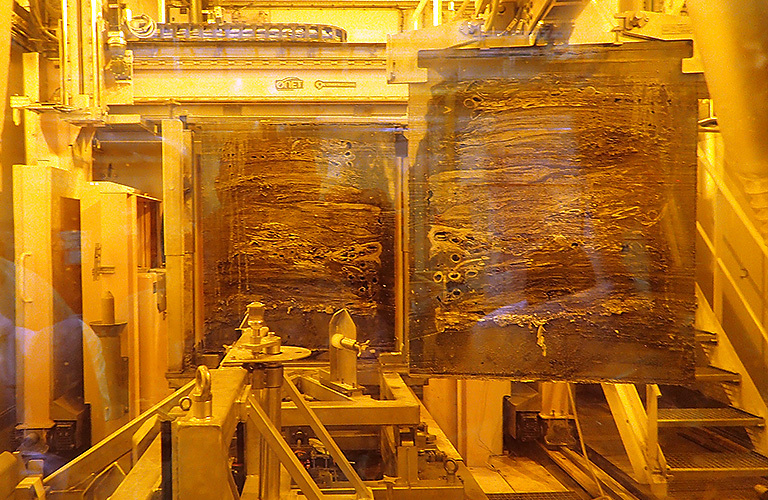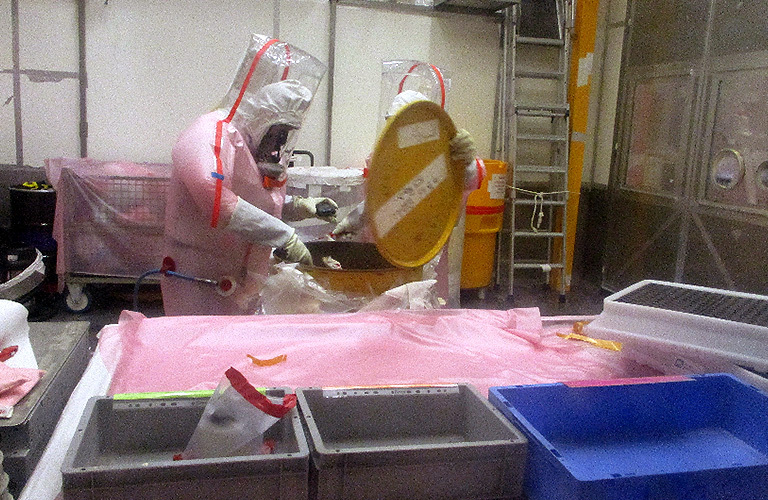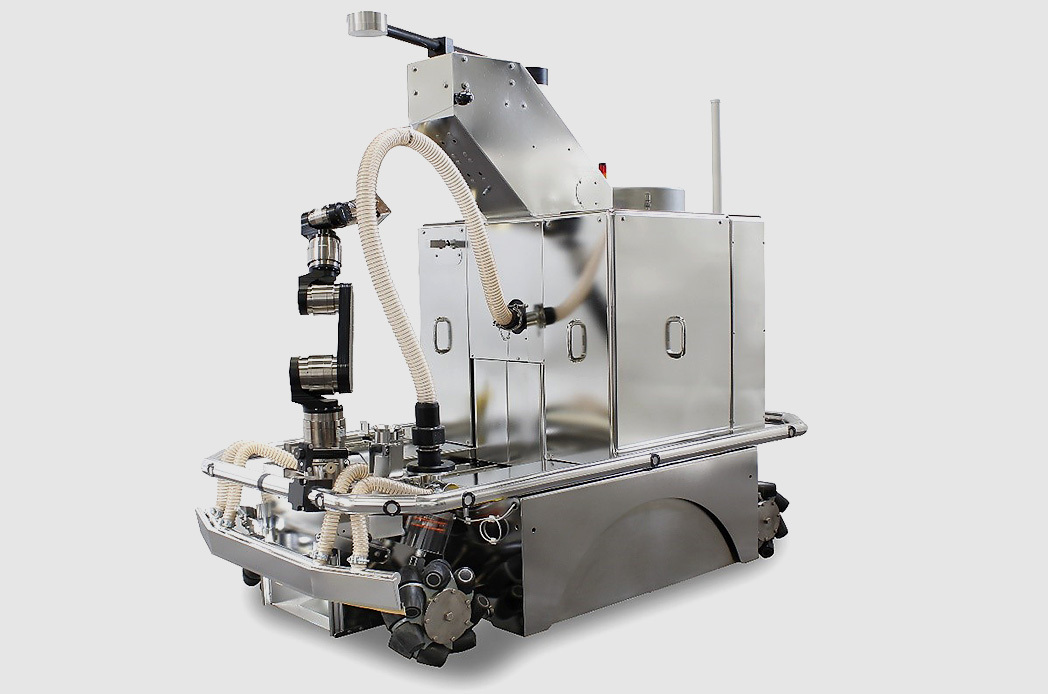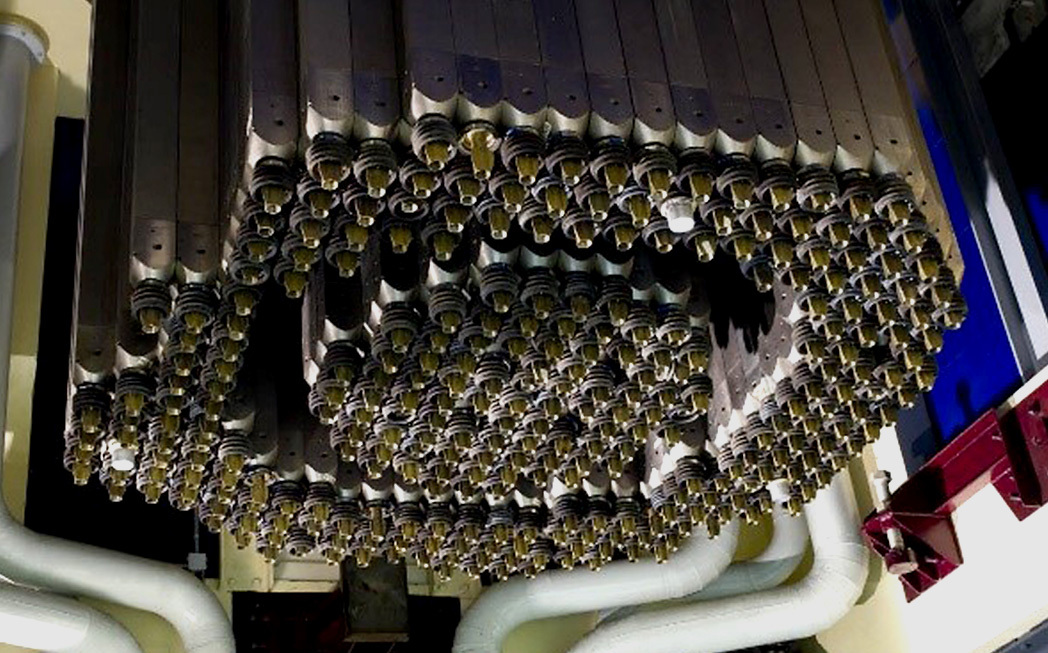Defence and security
The CEA uses its expertise for the benefit of defence and national security by focusing on two main missions:
• responding to the challenges of nuclear deterrence (nuclear weapons, nuclear reactors for naval propulsion, the fight against nuclear proliferation),
• providing technical support (surveillance, analysis) to the public authorities in the fight against terrorism, tsunami alerts and support for conventional defence.
Missions fulfilled by the teams at the Military Applications Division (DAM)
The Military Applications Division (DAM) is responsible for missions supporting France's defence and security. It designs, manufactures and guarantees the safety and reliability of its deterrent nuclear warheads. It designs and makes the nuclear steam supply systems that power the French Navy's vessels. It also provides technical support to the authorities in the fight against nuclear proliferation and terrorism. In addition, it uses its expertise for the benefit of defence to assess and understand the effects and vulnerability of conventional weapons.
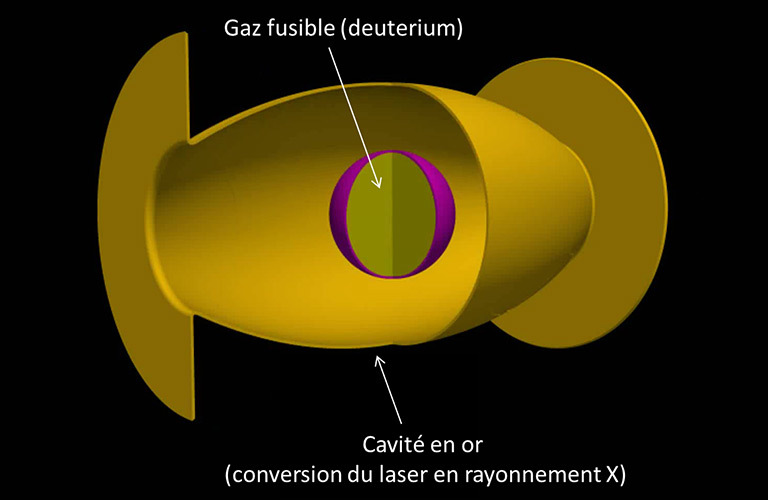
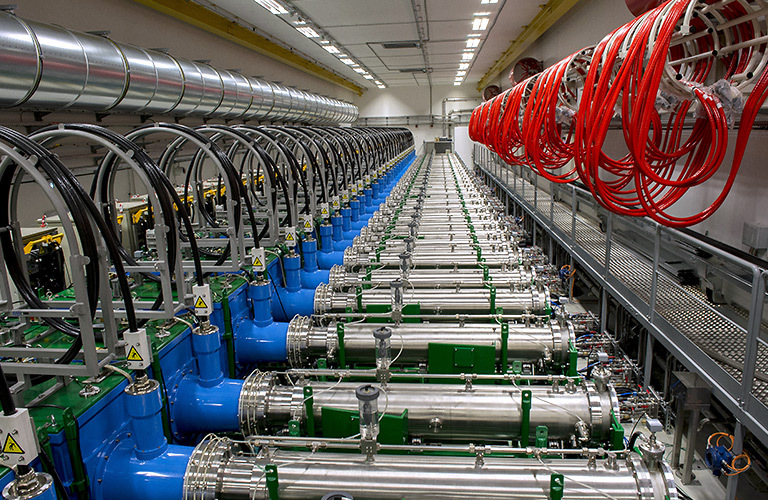



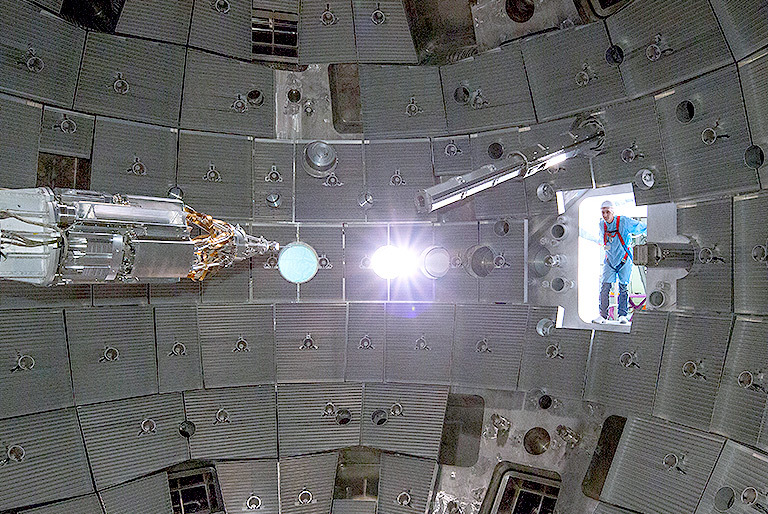
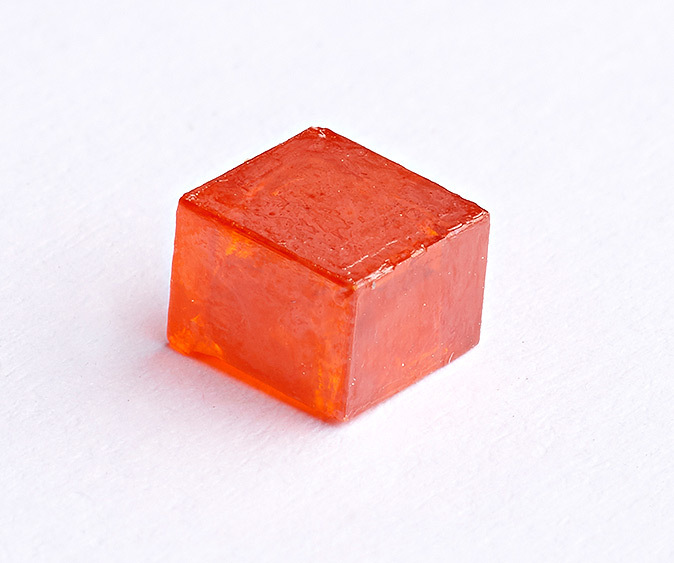
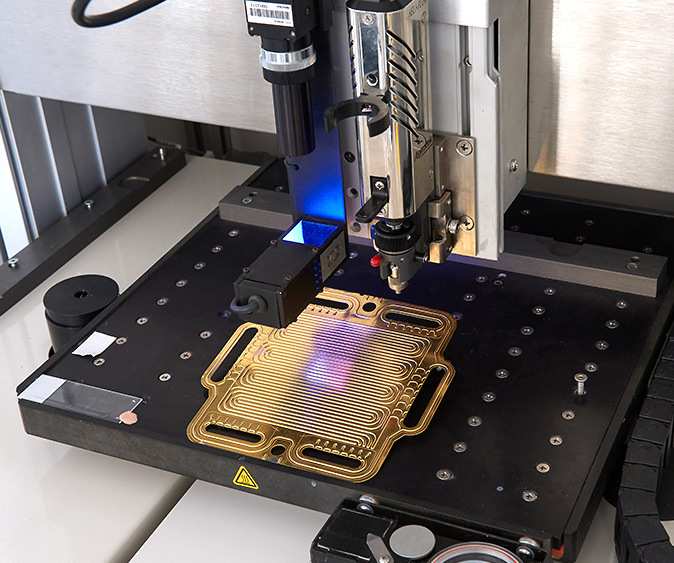
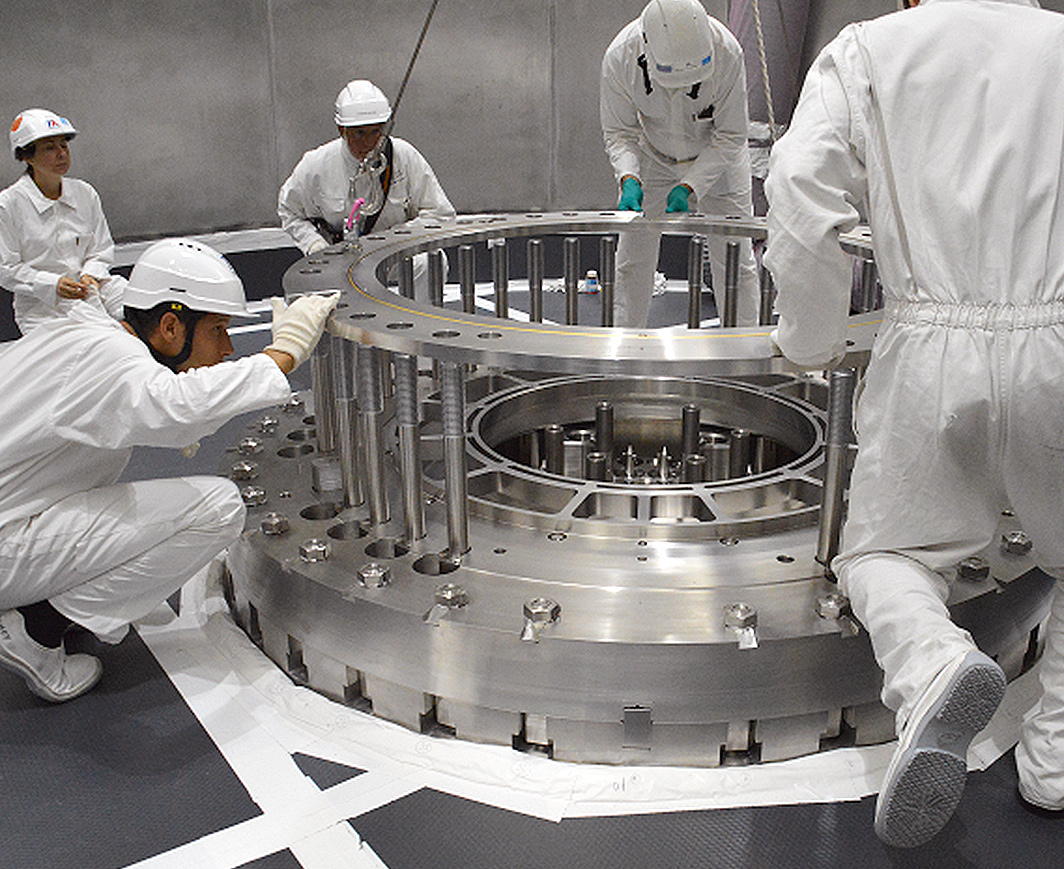
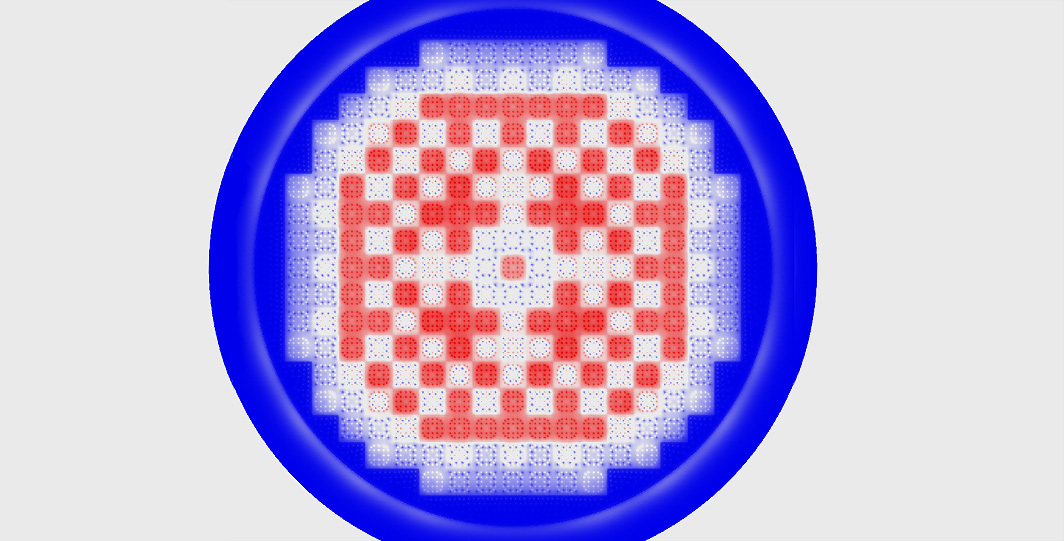
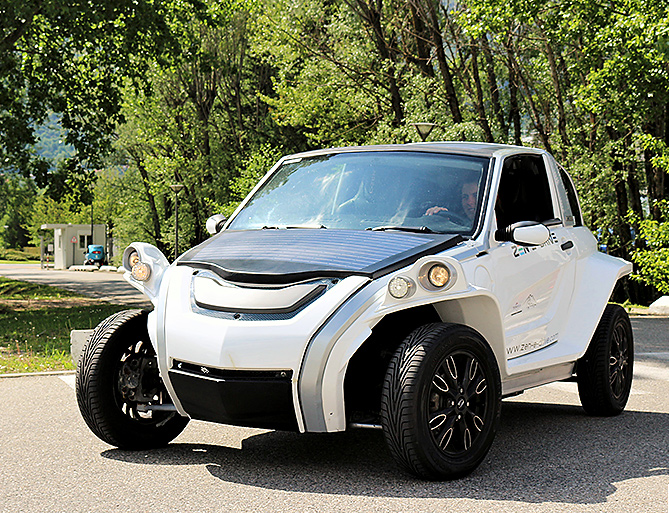
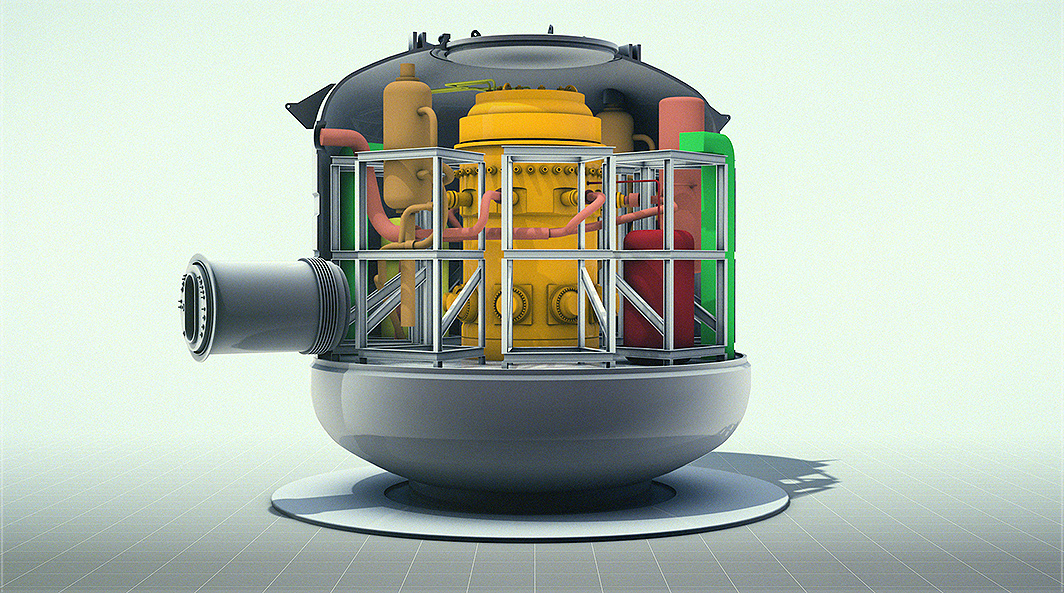
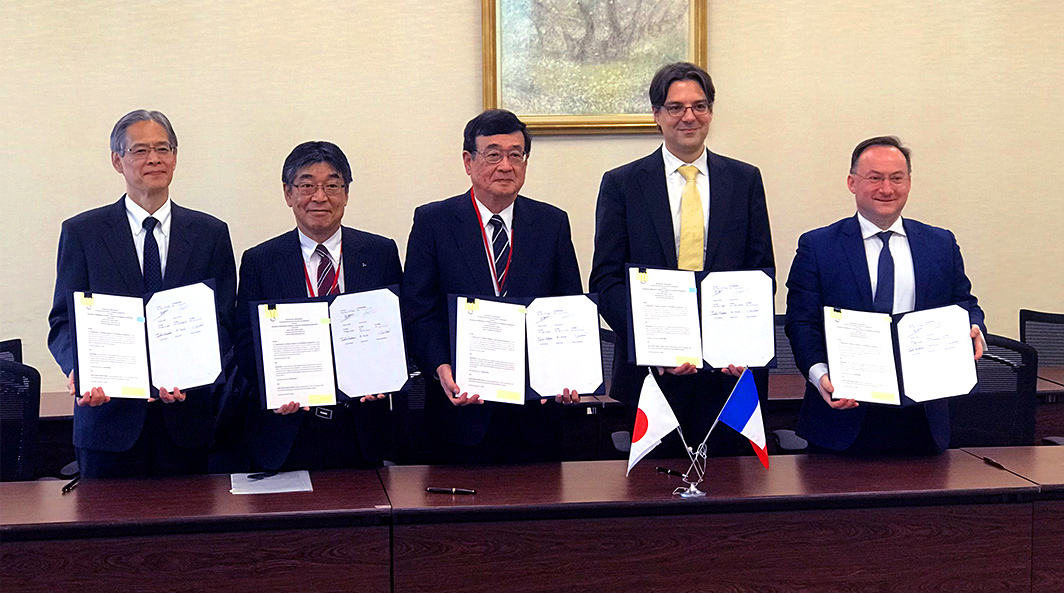
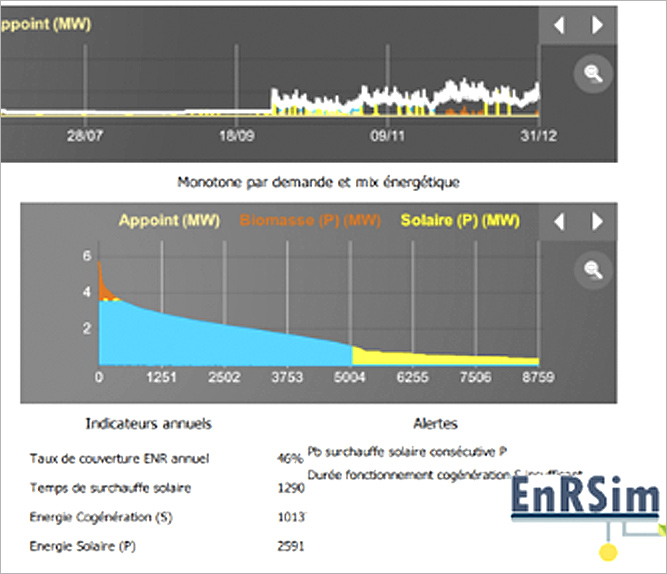
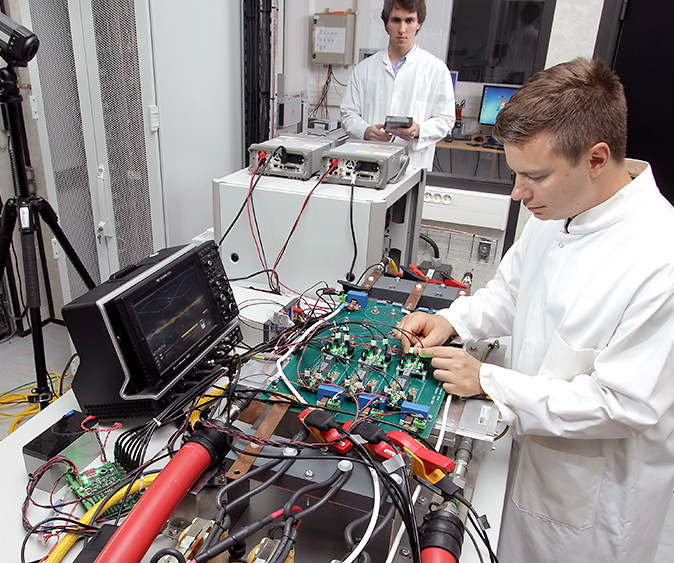
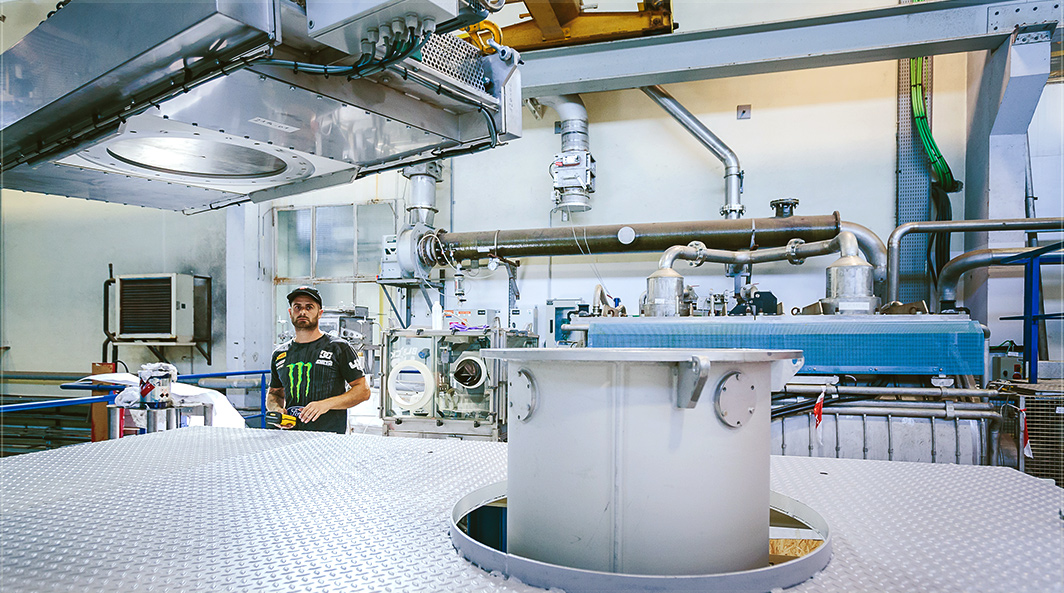


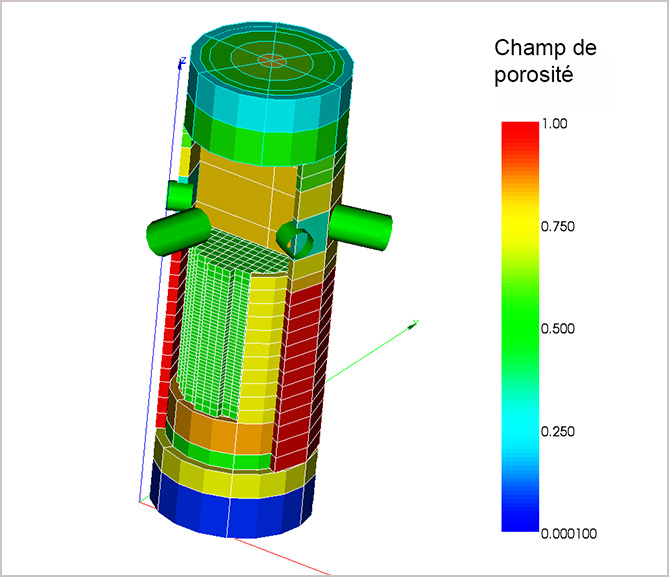
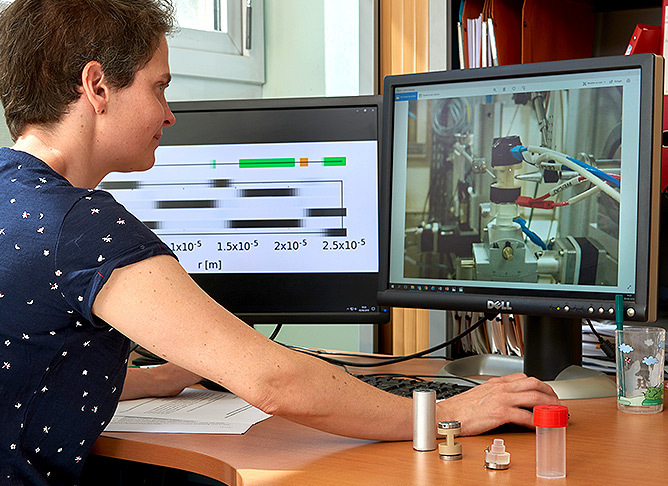
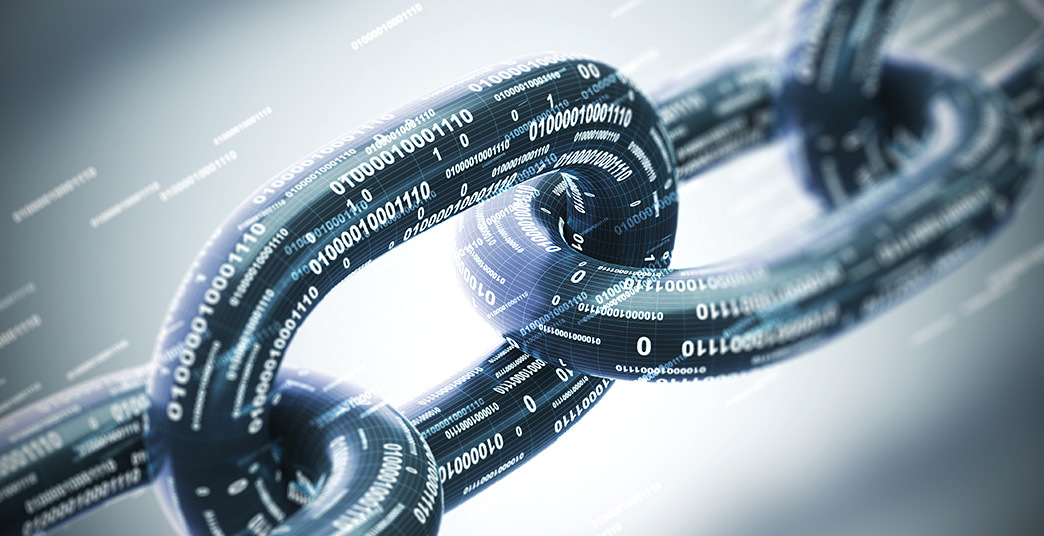


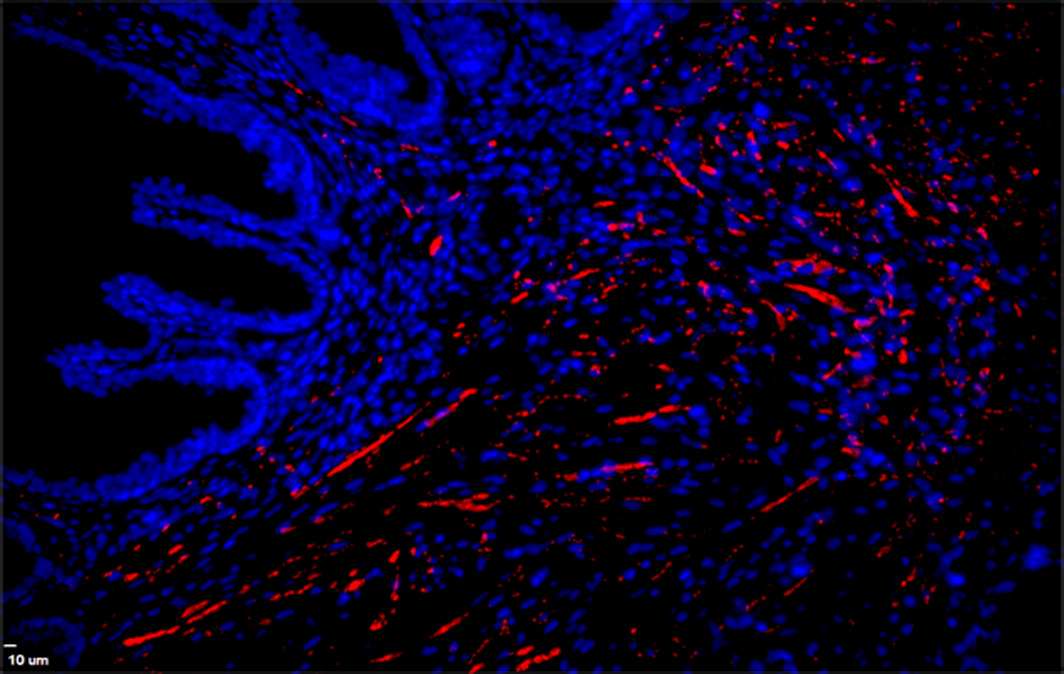
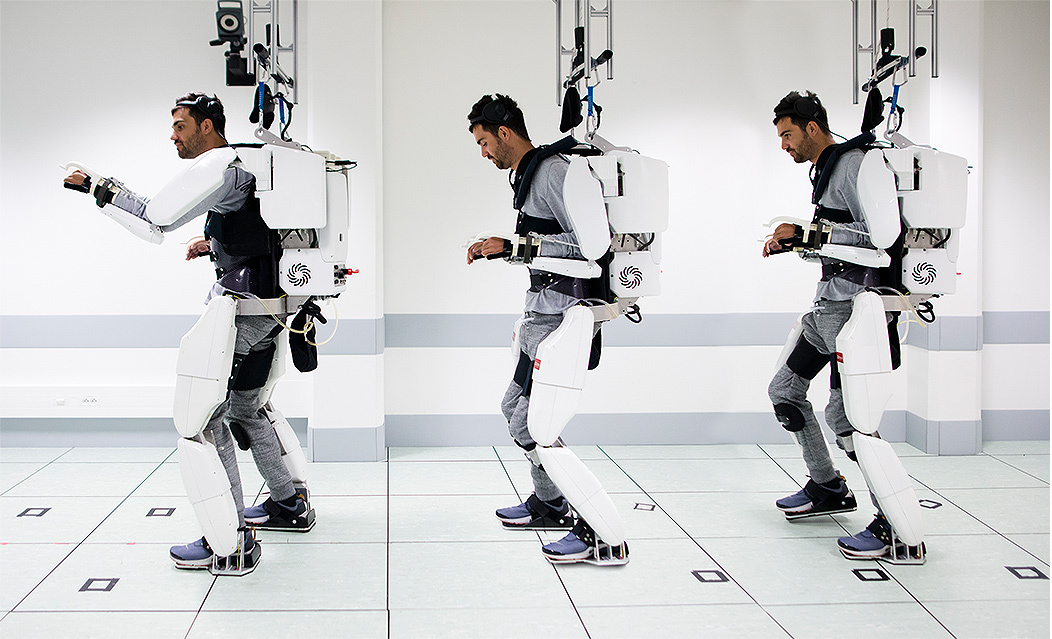
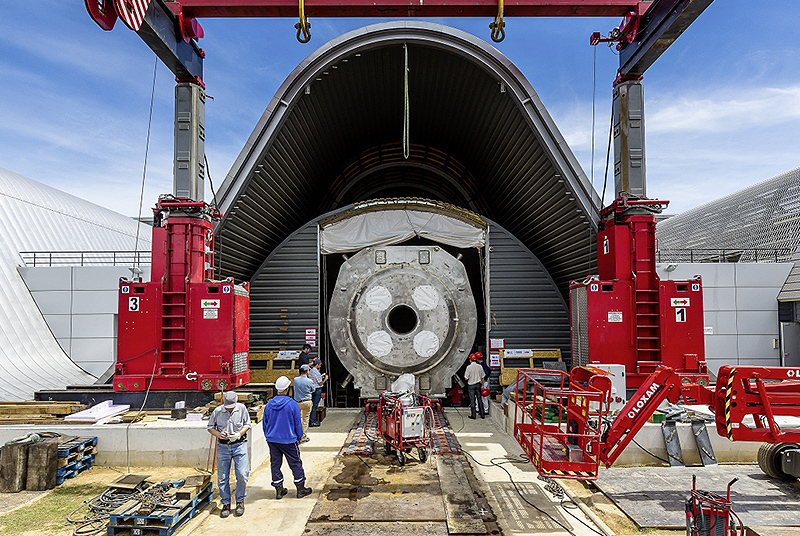


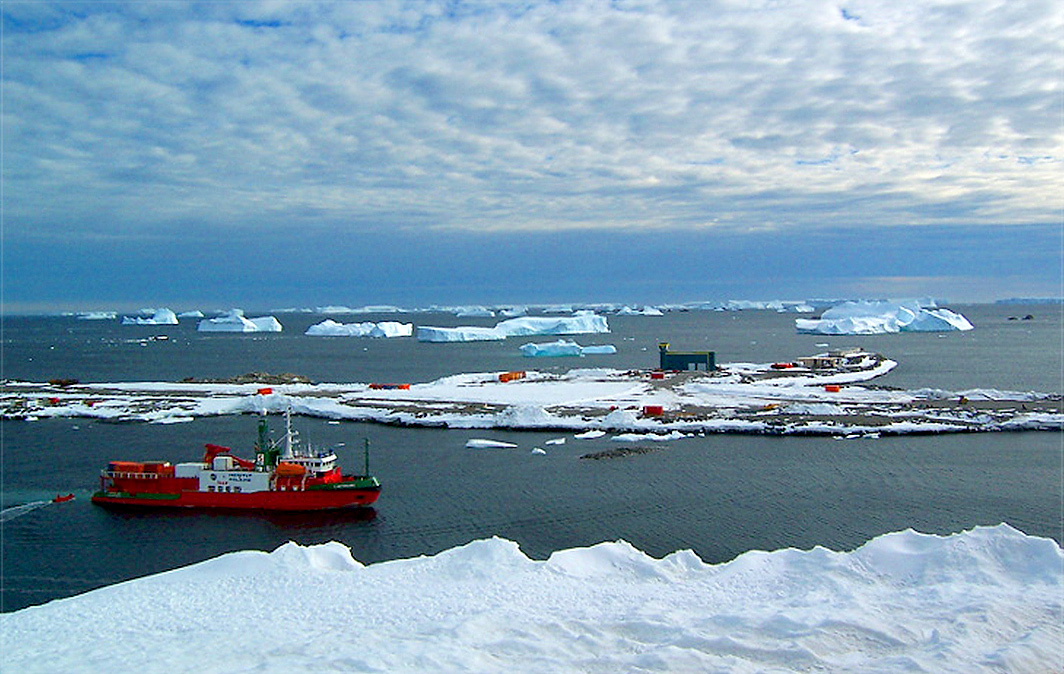
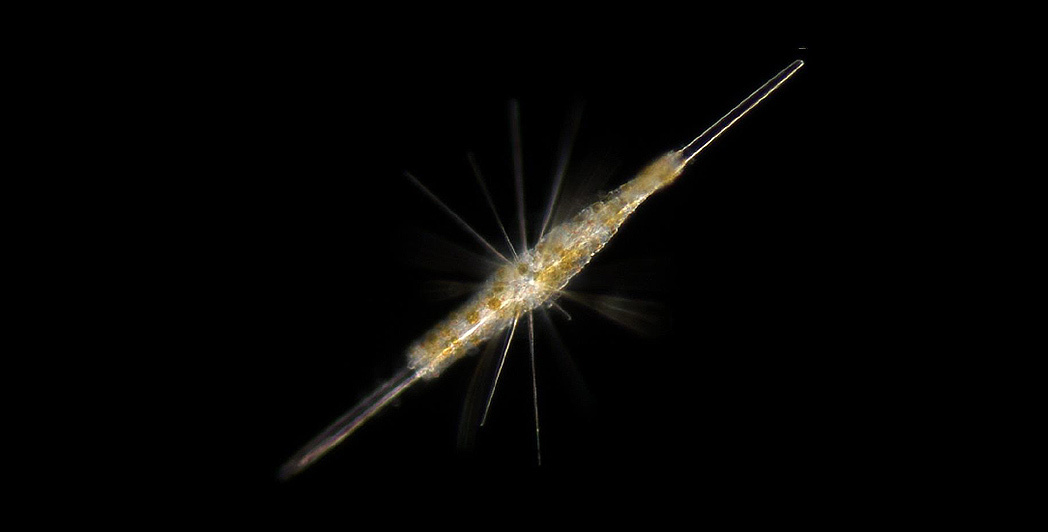
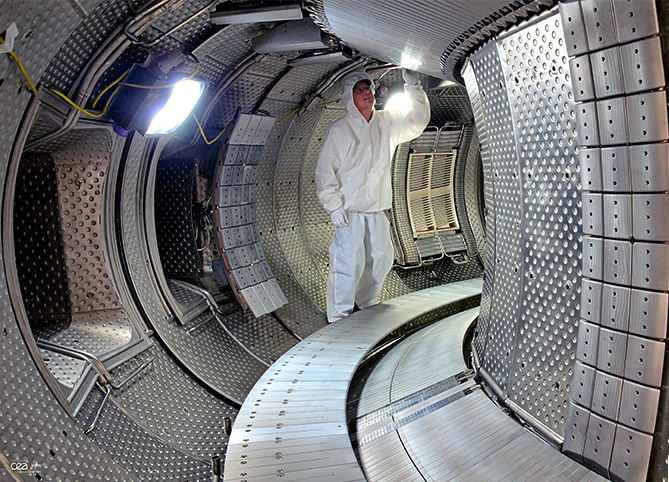
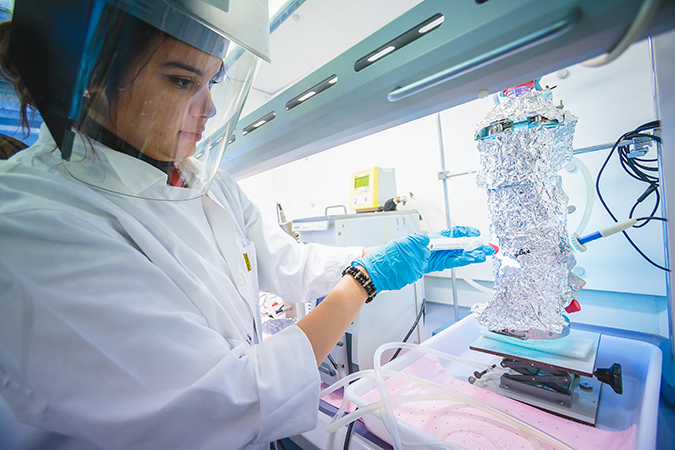 © S.Le Couster/CEA
© S.Le Couster/CEA
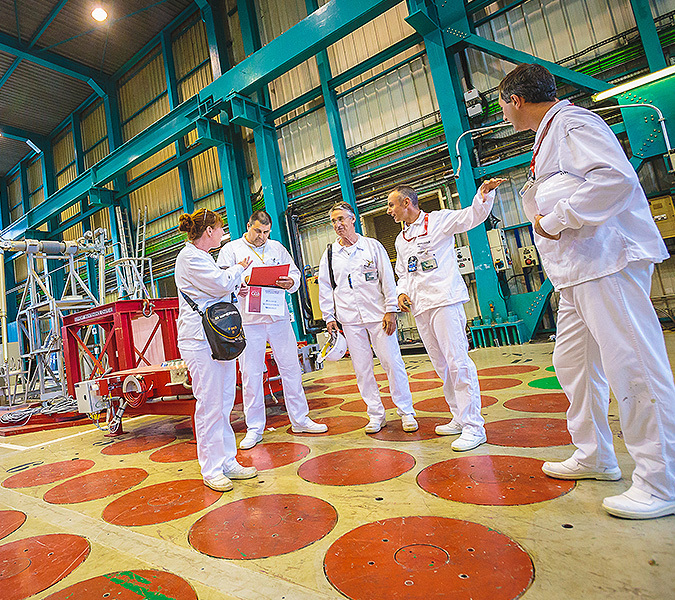 © S.Le Couster/CEA
© S.Le Couster/CEA
